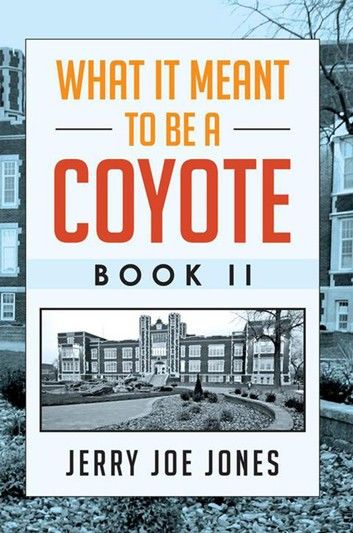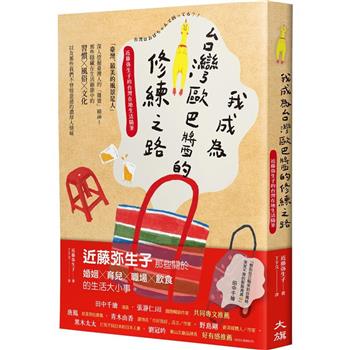| FindBook |
|
有 1 項符合
Jerry Joe Jones的圖書 |
 |
$ 120 電子書 | What It Meant to Be a Coyote Book Ii
作者:Jerry Joe Jones 出版社:Xlibris US 出版日期:2013-01-31 語言:英文  看圖書介紹 看圖書介紹
|
|
|
Rupel Perkins 1931 Hometown: Athens, Ohio Deceased: (1908-1962) In the Fall of 1928, Rupel Perkins came to Kansas Wesleyan University. This was the era of the Great Depression. Coming here, Rupel knew of only one man in Salina, Kansas, and at KWU. His name was Alexander B. Mackie, the Athletic Director and Football Coach at Kansas Wesleyan. Born in Azam, Pennsylvania, Mackie graduated from Dickinson Seminary in Williamsport and later, from Ohio Wesleyan in 1919. Like Coach Gene Bissell, Alexander Mackie signed to play baseball with the Cleveland Indians; but elected to coach instead. As the head coach at Athens High School, his football teams were 17-1 in 1919 and 1920. His basketball team was even more impressive winning sixth place in the 1921 National Prep Tournament. With these winning credentials, Coach Mackie moved from Athens, Ohio, to guide the athletic program at KWU. Only thirteen years old when Mackie left Athens for Salina, Rupel was living with his widowed mother, Maggie, and a sister Mildred, who was fourteen. His father, Arch, lived in Missouri where the children were born, but had died before the move to Athens. When A.B. Mackie came to KWU, he inherited a football tradition that had produced only 25 wins in 16 seasons, just slightly over one victory per year. Those days were rough for Coach Mackie too. His very first game was against one of the powers of the Midwest in those days, Haskell Indian Institute, who poured it on the Coyotes, 89-0. Coaching those first three years produced three losing seasons: 0-8, 2-7 and 4-5-1. Coach Mackie never had another losing season. His and KWUs first football championship came in 1927 as KWU won the KIAA (Kansas Intercollegiate Athletic Association). Eight freshmen started for that team of champions, and so did Martin Isaacson, the greatest halfback in KWU history and a first team All-KIAA and Kansas Collegiate First Team All-Stater, who was a senior and would not be returning. The connection between Perkins and Mackie was somehow established by both men being in Athens, Ohio. Black athletes were not permitted to be athletic representatives at Athens High School and Rupel was not in high school when Coach Mackie left for Kansas. So how did the young black athlete come to Salina? Rupel Perkins was the son of Archibald Arch Perkins and Maggie (Miller) Perkins who married in 1904 at New London, Rails, Missouri. Mildred, Rupels older sister by two years and the family were living on a farm when Arch passed away in 1910. Maggie took her small family to Davenport, Iowa, where she had relatives. From there the family somehow made it to Athens, Ohio, where A.B. Mackie was coaching in the white high school. Barely a teen-ager when Mackie left for Salina, observant friends of the football coach may have passed the word to Mackie about the speedster from Athens black community who would be able to play football and run track in Salina where KWU was currently having black athletes playing alongside white athletes in the Kansas college. When Rupel Perkins came to Salina in the Fall of 1928, Kansas Wesleyan had concluded their greatest football season in the history of the sport from its inception in 1893 at KWU. The Coyotes would be the defending co-champions of the KIAA (Kansas Intercollegiate Athletic Association) with a 6-0-1 league record, an undefeated 7-0-1 season record and a goal line that had not been crossed for the entire season giving up zero points. Football members of the KIAA were Baker University, Baldwin, KS; Washburn University, Topeka, KS; Bethel College, North Newton, KS; Fort Hays State University, Fort Hays, KS; McPherson College, McPherson, KS; Bethany College, Lindsborg, KS; and St. Marys College, St. Marys, KS. The Coyotes graduated their greatest running back ever in the Formoso Flash, Martin Isaacson. Isaacson led the KIAA in touchdowns (16), scoring (108 points), total game offense (289
|











